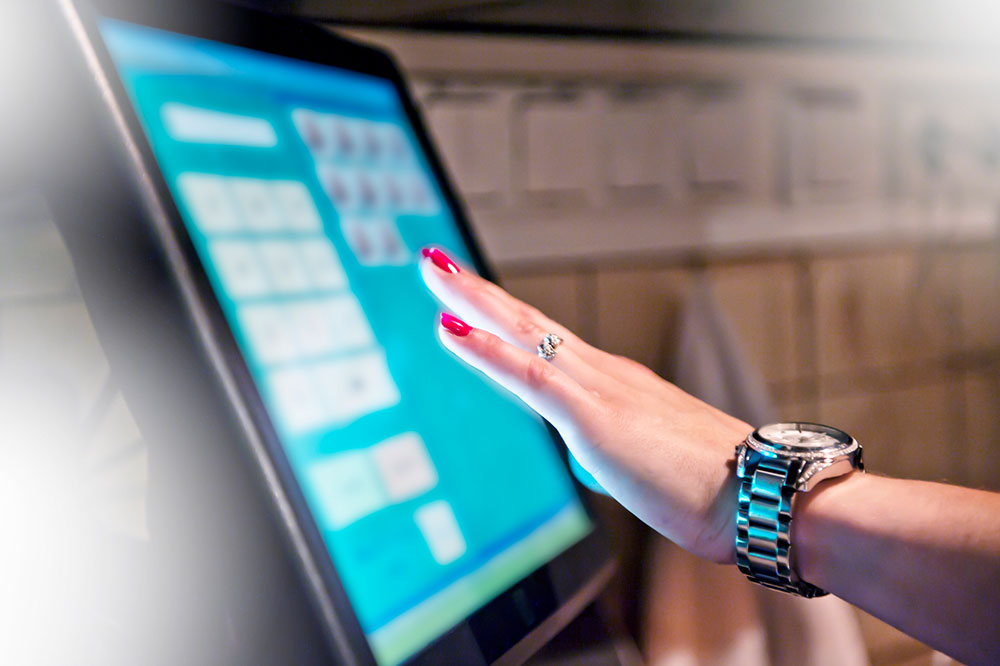
Any restaurant owner knows that maintaining tight control over inventory is essential to success. After all, food cost is one of the most important factors in profitability.
But controlling inventory can be a challenge, especially if you’re still using manual methods like pen and paper or Excel spreadsheets. That’s where a point-of-sales (POS) system can help.
A point-of-sale (POS) system is a must-have for any restaurant that wants to take control of its inventory. With accurate inventory tracking, you can prevent overordering, reduce food waste, and increase profits.
With improved customer satisfaction, you can streamline operations and make data-driven decisions. Here are seven ways restaurant pos systems can help your restaurant take control of its inventory:
1. Sales Tracking
One of the most important functions of a system is sales tracking. Every time an item is sold, the POS system records the sale in real-time. This information can be used to generate reports that show you exactly what’s selling and what’s not.
2. Purchase Order Generation
Based on the sales data collected by the POS system, you can generate purchase orders for items that need to be restocked. This ensures that you’re only ordering what you need, when you need it, which can save you money on inventory costs.
3. Inventory Management
A POS system can also be used to manage your restaurant’s inventory. You can use it to track items as they come in and go out, and to set minimum and maximum levels for each item. This way, you can be sure that you always have enough of the items you need on hand, without overstocking your shelves.
4. Menu Management
If you use a POS system to manage your restaurant’s menu, you can also use it to manage your inventory. For example, you can use the POS system to track the ingredients used in each dish, and to generate reports that show you which items are being used the most.
This information can be used to adjust your menu, as well as your inventory levels, to ensure that you’re using your ingredients efficiently.
5. Waste Tracking
Another important aspect of inventory management is waste tracking. A POS system can help you track the amount of food that’s being wasted, and identify the causes of waste.
This information can be used to make changes in your operations, such as adjusting portion sizes or changing the way food is prepared.
6. Cost Analysis
A POS system can also be used to perform cost analysis. This involves tracking the cost of each menu item, as well as the cost of ingredients. This information can be used to price menu items accurately, and to improve your overall profitability.
7. Reporting
Finally, restaurant pos systems can generate reports that provide you with valuable insights into your restaurant’s operations. These reports can show you trends in sales, waste, and cost. They can also help you identify areas where you can improve your operations.
A POS system can be a valuable tool for any restaurant owner. By automating the tasks associated with inventory management, a POS system can help you take control of your restaurant’s inventory, and improve your overall profitability.






More Stories
Top 10 Dry Ice Suppliers: Your Source for High-Quality Dry Ice Products
How To Improve Customer Engagement Through Business Email Hosting?
Who Requires Dedicated Hosting, and why is it necessary?